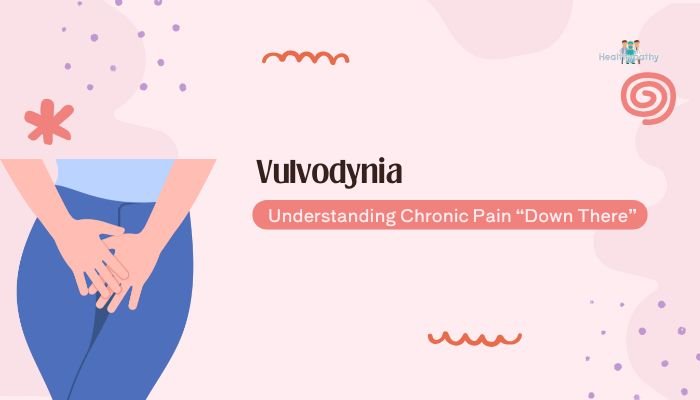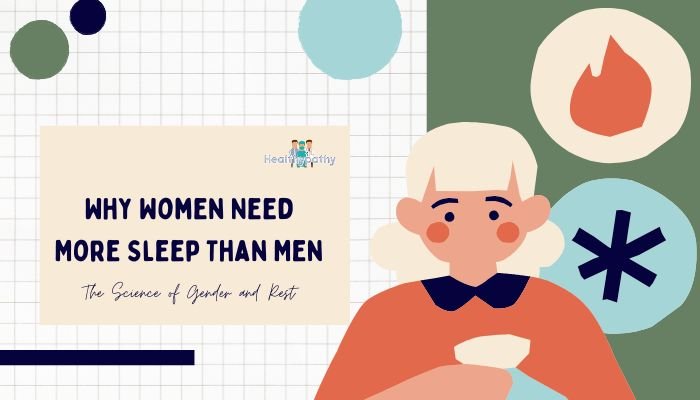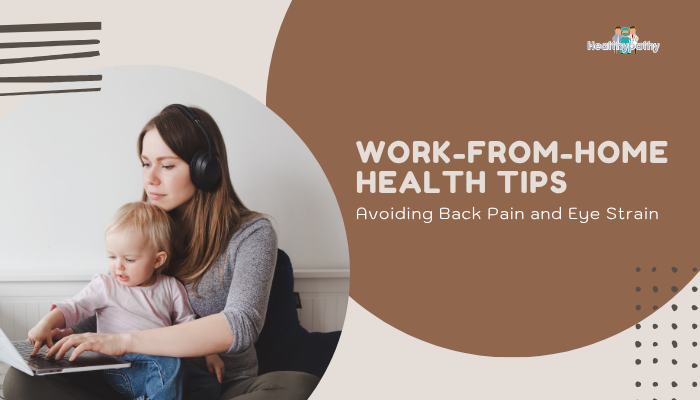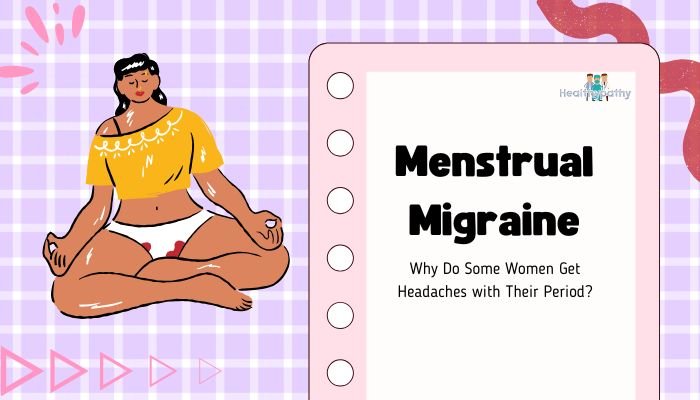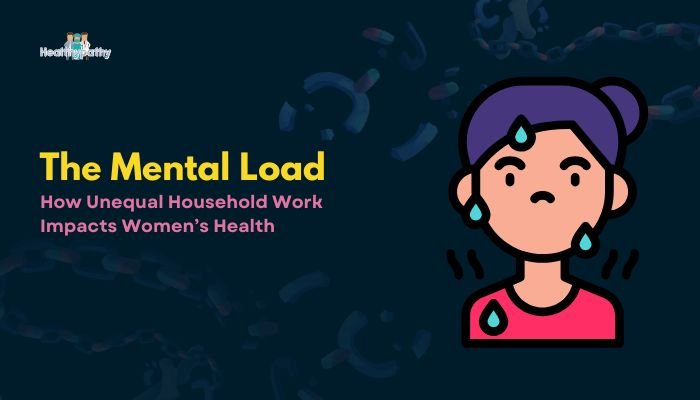Introduction
Vulvodynia is characterized by chronic pain in the vulvar region—the external part of a woman’s genitals—that often lacks an identifiable cause upon initial examination. Women with vulvodynia may describe burning, stinging, or raw sensations that disrupt sex, exercise, and even routine activities like sitting or wearing tight clothing. Despite affecting many women, vulvodynia remains under-discussed and often misunderstood. This guide covers the basics of vulvodynia, potential factors involved in pain, and the approaches to diagnosis and treatment for lasting relief.
Understanding Vulvodynia
What is Vulvodynia?
Vulvodynia refers to chronic (long-lasting) vulvar pain—persisting for at least three months—that can’t be tied directly to an infection, skin disorder, or other clear pathology. Pain can be generalized (affecting the entire vulva) or localized to specific regions (e.g., near the vaginal opening), sometimes triggered by touch or pressure (provoked) or occurring spontaneously (unprovoked).
Symptoms and Impact
- Pain Description: Burning, throbbing, soreness, rawness, or itching.
- Functional Consequences: Difficulty inserting tampons, engaging in intercourse, or wearing tight pants.
- Emotional Toll: Chronic discomfort may lead to sexual avoidance, anxiety, and self-esteem challenges.
Potential Causes and Risk Factors
Nerve Sensitization
Research suggests overactivity in local nerve endings might send amplified pain signals. Inflammatory responses or repeated microtraumas could heighten nerve sensitivity around the vulva.
Hormonal Influences
Though not fully understood, hormonal fluctuations—particularly low estrogen—may contribute. For instance, women in perimenopause or those with certain hormonal treatments might note changes.
Chronic Inflammation or Past Infections
Recurring yeast infections, bacterial vaginosis, or dermatological conditions might irritate the vulvar region repeatedly, predisposing to ongoing pain even after the initial problem resolves.
Genetic or Immune Factors
Some individuals may have an inherited predisposition affecting pain responses or local immune function, making them more susceptible to developing vulvodynia.
Psychological and Emotional Stress
Pain conditions can intensify if accompanied by anxiety, depression, or high stress. While psychological factors don’t “cause” vulvodynia, they can exacerbate perception of pain and slow recovery.
Diagnosis: Finding the Right Help
Medical History and Physical Exam
A thorough exam includes:
- Symptom Review: Duration, type of pain, triggers, or alleviating factors.
- Visual Inspection: Checking for any lesions, irritations, or infections.
- Cotton Swab Test: Gently touching areas of the vulva with a cotton swab to identify sensitive spots or patterns of pain.
Ruling Out Other Conditions
Providers might test for:
- Infections (yeast, bacterial STIs): Lab swabs or pH checks.
- Dermatological Issues: Such as lichen sclerosus or contact dermatitis.
- Hormonal Imbalance: Blood tests, if suspected.
Specialist Referrals
If initial assessments don’t reveal a clear cause, specialists like gynecologists, dermatologists, or pelvic floor physical therapists can deepen evaluation. Sometimes, multidisciplinary teams are involved for complex cases.
Treatment and Management Approaches
Pain Relief and Topical Therapies
- Topical Anesthetics (Lidocaine Ointment): Temporarily numbs painful spots, helpful before intercourse or daily activities.
- Topical Hormones: Low-dose estrogen creams for atrophic changes or hormonal imbalances, if indicated.
Pelvic Floor Physical Therapy
Painful pelvic floor muscle spasms can aggravate vulvodynia. A pelvic floor therapist tailors stretching, relaxation, and gentle manual techniques to reduce tension and desensitize painful areas.
Medications
- Oral Tricyclic Antidepressants (e.g., amitriptyline) or SNRIs: Adjust nerve pain signaling.
- Anticonvulsants (gabapentin, pregabalin): Calm overactive nerve pathways.
- Botox Injections: In some cases, used to relax pelvic floor muscles.
Behavioral and Psychological Support
- Cognitive Behavioral Therapy (CBT): Aims to reduce pain-related anxiety or negative thought loops.
- Mindfulness or Relaxation: Techniques like yoga, meditation help manage stress and can distract from pain signals.
Surgical Interventions (Last Resort)
When conservative treatments fail, local surgical procedures—like vestibulectomy to remove painful tissue—may offer relief. Surgery typically follows thorough exploration of less invasive options.
Self-Care and Lifestyle Modifications
Gentle Hygiene
Avoid harsh soaps, douches, or fragranced products that might irritate delicate tissues. Opt for mild, unscented cleansers and pat-dry approach after bathing.
Clothing Choices
Loose-fitting cotton underwear, breathable skirts, or relaxed pants reduce friction and heat buildup. Minimizing tight jeans or synthetic fabrics can help.
Sexual Comfort Measures
- Plenty of Lubrication: Water-based or silicone lubricants reduce friction.
- Alternate Positions: Some positions place less direct pressure on sore spots.
- Communication: Discussing triggers and comfort levels with a partner fosters gentler, more enjoyable intimacy.
Emotional and Peer Support
Talk to Healthcare Providers
Open discussions about pain or discomfort are crucial. Vulvodynia is often underdiagnosed if patients feel embarrassed or doctors don’t specifically ask. Persist until you find a provider who takes your pain seriously.
Look for Support Groups
Online or local communities dedicated to pelvic pain or vulvodynia can reduce isolation. Sharing coping tips or success stories helps you realize you aren’t alone.
Therapy and Counseling
Chronic pain can wear down mental well-being. Professional counseling or couples therapy can help address mood challenges, sexual relationship difficulties, and self-esteem issues.
Conclusion
Vulvodynia—chronic vulvar pain without an obvious cause—can be distressing and life-limiting, but it’s treatable with a comprehensive, patient-centered approach. A combination of medical therapies, physical therapy, consistent self-care, and emotional support often yields significant relief. While progress may be gradual, it’s important to remain persistent, actively communicate with healthcare providers, and lean on support networks. Understanding and advocating for your body can steer you toward lasting comfort, improved sexual health, and a renewed sense of normalcy.
References
- American College of Obstetricians and Gynecologists (ACOG). Vulvodynia: Causes, symptoms, and treatment. 2021.
- International Society for the Study of Vulvovaginal Disease (ISSVD). Vulvodynia: guidelines for diagnosis and management. 2020.
- Haefner HK, et al. The vulvodynia guideline update. J Low Genit Tract Dis. 2021;25(2):92–101.
- National Vulvodynia Association. Patient education and support resources. 2019

